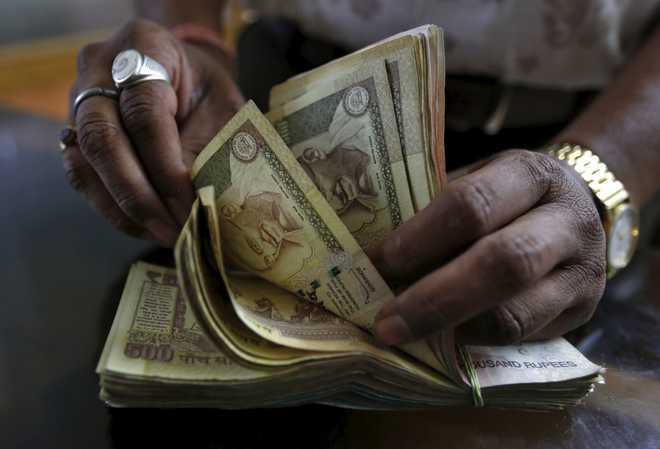India’s ‘black economy’ shrinking, says study
New Delhi, June 5
Pegging India's 'black economy' at over Rs 30 lakh crore or about 20 per cent of total GDP, a new study says it has been contracting gradually over the years but still remains bigger than the overall economic size of countries such as Thailand and Argentina.
Besides, a crackdown on black money has made the cost of capital costlier in the black economy with the lending rates having risen to as high as 34 per cent, from about 24 per cent a year ago, as per the study by Ambit Capital Research.
The study said that the crackdown had had some "unintended consequences" in the form of an increase in preference for cash in its physical form and a notable decline in the use of formal banking channels with a record low deposit growth — which may keep the GDP growth rate flat this year.
It said the size of the India's black economy expanded rapidly over the 1970s and 1980s, but since then had been contracting at a gradual pace and was now estimated at USD, about 20 per cent of the country's GDP. The term 'black economy' typically refers to the economic activities outside formal banking channels and include cash transactions in high-value assets such as gold and real estate.
"Given that India's GDP in calender year 2016 is expected to be USD 2.3 trillion, the size of India's black economy is about USD 460 billion (over Rs 30 lakh crore), which is larger than the stated GDP of emerging markets such as Thailand and Argentina," Ambit Capital Research said. Most of this black money is locked up in physical assets, such as real estate and gold.
While official figures regarding the quantum of black money flowing into real estate sector are not available, experts suggest that more than 30 per cent of India's real estate sector is funded by black money.
Owing to measures taken by the government to tighten the noose around black money, there has been a clear drop in the prices of land and real estate and a decline in the appetite for gold.
The crackdown has, however, also resulted in increase in the preference for cash in physical form and notable decline in the usage of formal banking channels as evinced by the decline in bank deposits as well as usage of debit cards. — PTI










